- Home
- slideshows
- miscellaneous
- Ancient graves hid the skeletons of 269 children and 466 llamas who were ritually sacrificed, and archaeologists still don't know why
Ancient graves hid the skeletons of 269 children and 466 llamas who were ritually sacrificed, and archaeologists still don't know why
Children and baby llamas were sacrificed and buried together.

Sacrificing young llamas was similarly costly, as the animals provided the Chimú with food, transportation, and wool.
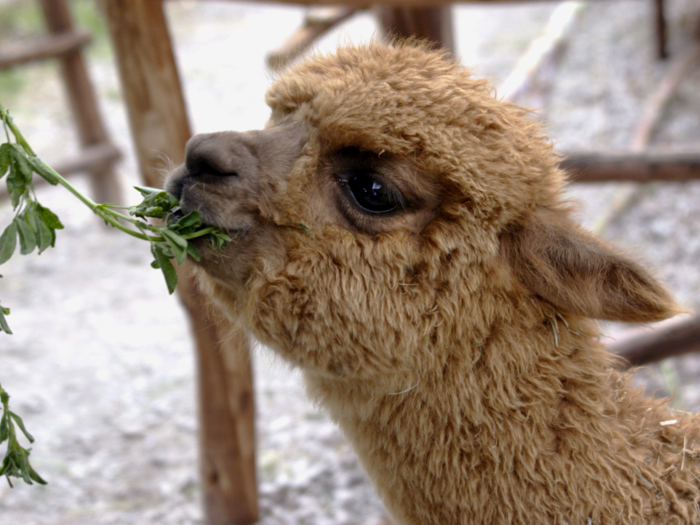
"Why cull a herd so young?" Romey wondered.
The llamas were all 18 months old, buried facing the Andes to the east. Only brown or light brown llamas were killed. Black and white llamas were spared, it seems.
Killing a future generation of llamas was also a major sacrifice — these animals were sources of food, wool, and transportation.
"In this sense, some think that llamas would have been involved since they were such a critical source of transport, and could aid in movement between our world and the beyond," she said.
Arguably, the cost of sacrificing a child is far greater than sacrificing an adult. But there may have been spiritual reasons for the choice.
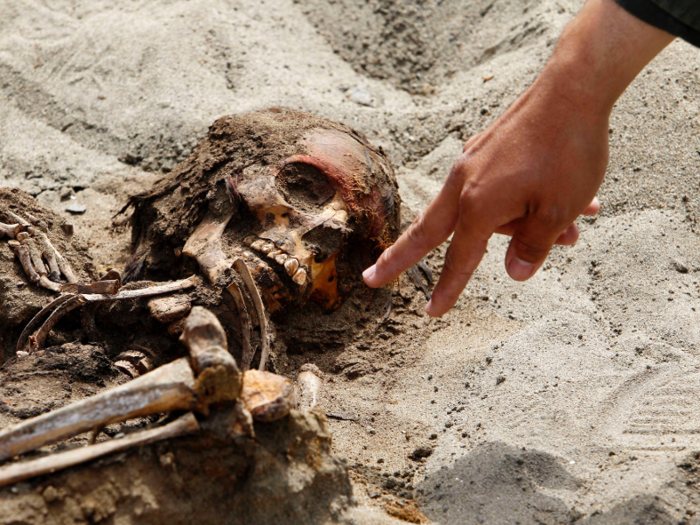
"There are arguments that the children were considered liminal — they weren’t full-fledged people yet and as such could communicate better with the spiritual world," Romey said.
"And of course, there’s the emotional argument that it is much more painful and valuable to sacrifice your own flesh and blood rather than an elderly or sick member of the community or a foreign captive."
Each child was killed with a slash to the sternum. Finding the knife that made the cuts was a 'total Indiana Jones moment' for the archaeologists.
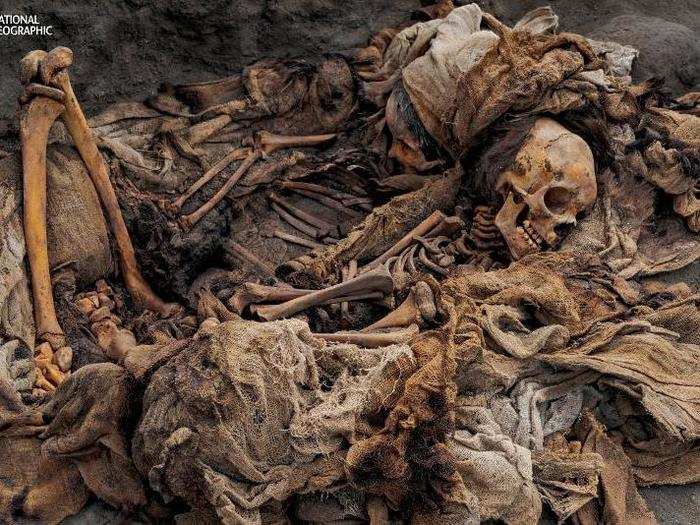
The sacrificed children met their deaths at the end of a cut across the sternum. A lack of "false start" cuts suggest that they were made by trained hands, according to National Geographic.
"I was literally standing next to Prieto when he unearthed the sacrificial knife," Romey recalled.
At first, she and the archaeologist weren't sure what the object was, given the knife's odd shape. "Then he shook it and it made a rattling noise. We just looked at each other in disbelief," she said. "Later on we recalled that it felt like a total Indiana Jones moment."
Alongside the children, archaeologists found three dead adults.
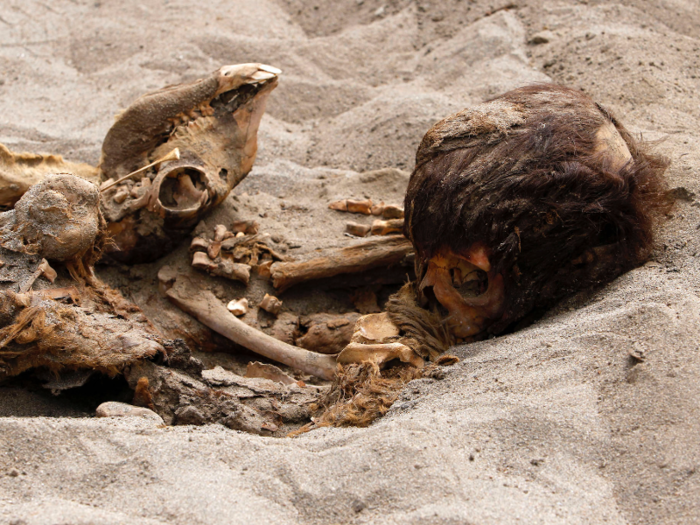
Three adults — two women and one man — were also found buried nearby the Las Llamas site, likely felled by blunt-force trauma to the head.
Archaeologists are confident that the three adults were likely involved in the ceremony somehow.
They were "disposed of casually without any apparent ritual, and were probably dispatched after they did their part in the ceremony," Romey said. "The one adult male that was found was unusually big for the time, and the researchers suspect that he might possibly have been the executioner."
Footprints of sandaled adults, barefoot children, and young llamas paint a picture of the mass killing event in a dried mud layer.
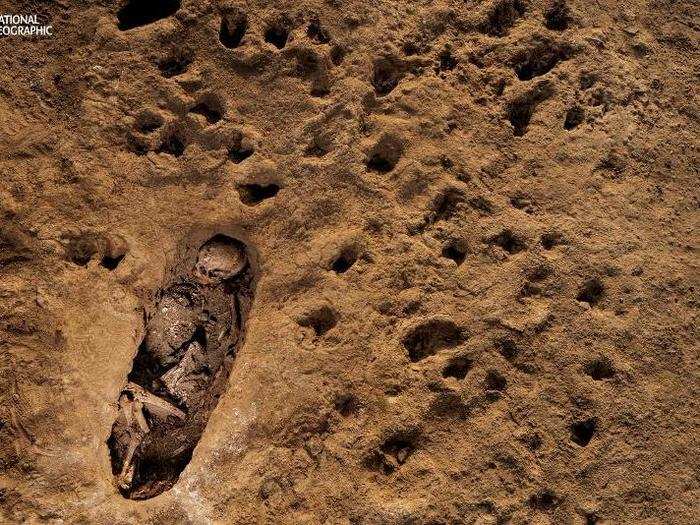
Analysis of the prints suggest a ritual procession, according to National Geographic. The children and llamas were led to the center of the Las Llamas site alive, where they were then sacrificed and promptly buried. Deep skid marks from hoof prints seems to suggest the llamas were reluctant to meet their grisly ends.
These children may have been offered up to placate the gods after a season of heavy flooding.
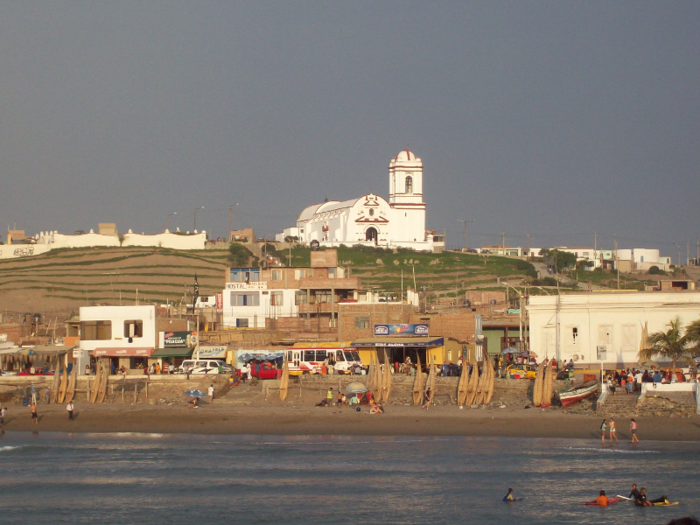
One of the prevailing theories for the "why" behind the Chimú's sacrifice is that they were an attempt to appease the purportedly angry weather gods. Right around the time of the sacrifices, between 1400 and 14500, there was an El Niño event, which could've contributed severe rainfall and flooding in the area.
That flooding may have wreaked havoc on agriculture, causing the Chimú to starve and take drastic action.
Romey doesn't think El Niño was the only culprit behind the Chimú's drastic sacrifice.
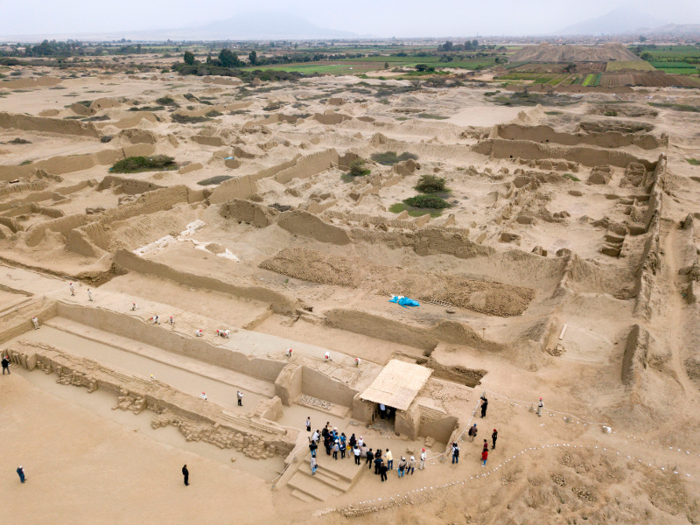
"Most societal collapses come from being hit on all sides by a variety of forces," Romey said. "But it definitely played a big role, as El Nino events really mess with coastal Peru to this day."
She pointed out that the Inca were also moving in on the Chimú at the time experts think the sacrifice took place; the takeover was complete about a decade later.
"So this was a time of high anxiety, when a once-powerful empire probably felt that things were spinning out of control environmentally, financially, and politically."
These children all appeared to be well cared for. They came from all over the empire.
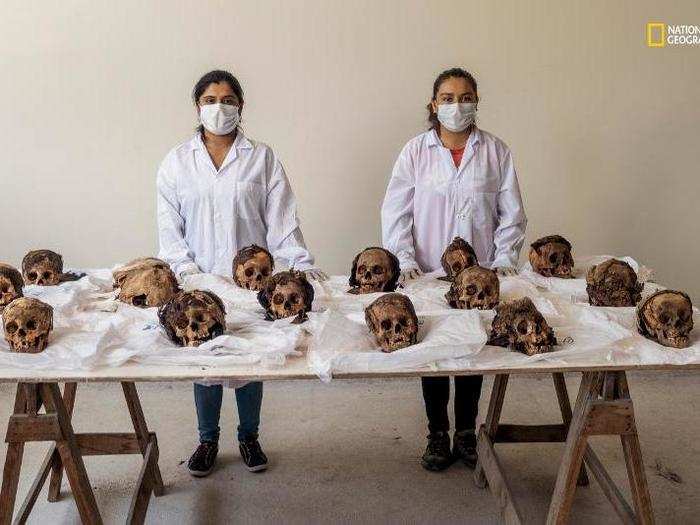
It's not clear how the children were selected for this ritual. But they were buried without any customary grave goods or adornments, and in odd positions — prone on their backs, or curled up — instead of in the typical sitting position.
Interestingly, Prieto found nine Chimú children buried nearby Pampa la Cruz that bucked the mold. These children didn't bear the tell-tale sternum slash, and were buried with headdresses adorned with parrot feathers and carved wooden ornaments, National Geographic reported.
The second site provided new information about the Chimú's belief systems and trade networks, thanks to the newly uncovered burials with feathered robes, headdresses, and jewelry.
Huanchaco boasts an extensive archaeological legacy that will only grow in time.
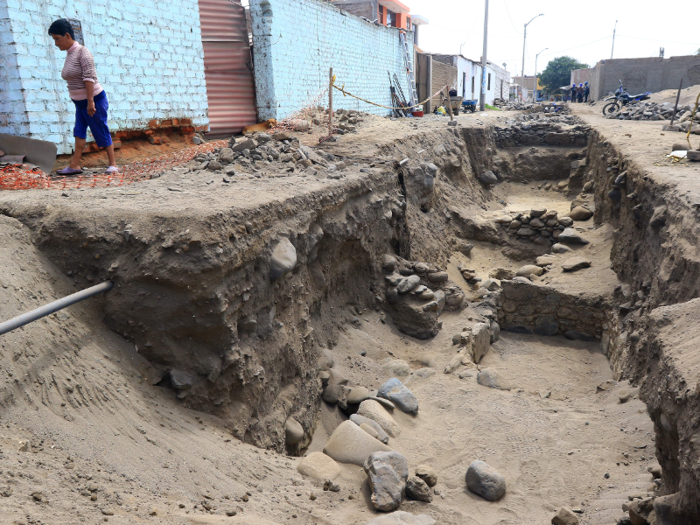
All told, there were 137 children and 206 llamas uncovered at Las Llamas, and 132 children and 260 llamas found at Pampa la Cruz.
Romey said archaeologists are continuing to dig at Pampa la Cruz, and she wouldn’t be surprised if they found more graves. "This little surfing town, Huanchaco, is literally just beyond the walls of what was once one of the biggest and most powerful cities in the Americas," she said.
"Imagine if 500 years from now New York City was a ruin being dug by archaeologists. This would be like digging up Williamsburg and Long Island City."
National Geographic broke the story of the mass sacrifice earlier in 2018. With an exclusive in their February 2019 issue, they offer a deeper exploration into the forces that drove the Chimu to their violent ends.
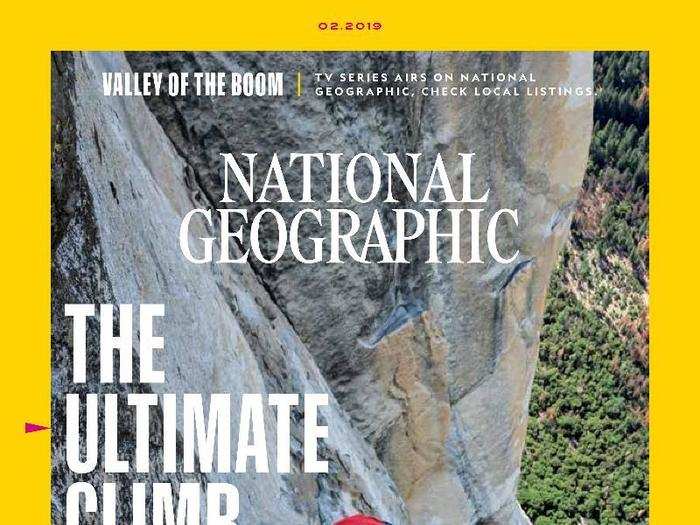
Why were nine children buried with grave goods and head regalia and the rest not? What societal, or supernatural, forces selected these children in particular for a ritual sacrifice?
Each discovery in Huanchaco sheds a little more light on the 550-year-old mystery.
But all this is all about trying to get into the heads of a society that lived centuries ago and left no written records, Romey said.
So we’ll never really know for sure.
Popular Right Now
Popular Keywords
Advertisement